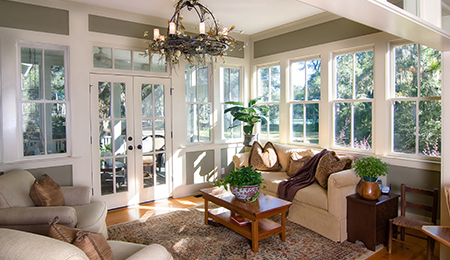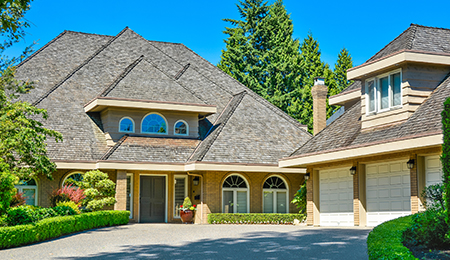We’re not in a housing bubble, and today I’ll explain why.
Today’s topic is the housing bubble that isn’t.
As you can see on the graph at the beginning of the video, home prices have increased annually by about 4% over the past three decades. Between 2004 and 2008, there was some irrational exuberance—that’s what a bubble looks like. When you have a bubble like that, you also have a contraction.
“Between 2004 and 2008, there was some irrational exuberance—that’s what a bubble looks like.”
How do 2019 and 2020 compare to the Great Recession? There are three reasons there’s a big difference between these two periods:
- Supply is limited. That is to say, there aren’t very many homes for sale.
- There is a demand for housing. This demand is being driven by low interest rates, which benefits buyers and explains why everyone wants to enter the market.
- Homeowners actually have equity in their homes. This means there isn’t the same potential for foreclosures as there was during the Great Recession.
If you’d like to know more about how housing bubbles work and why we’re not in one right now, feel free to call or email me. I’m the data nerd who loves to talk about data. Talk to you soon!



